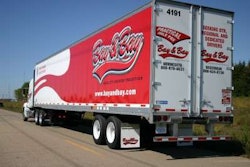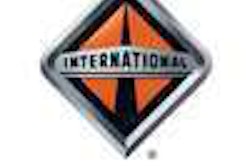Clean Diesel Technologies, a provider of clean technology emissions reduction solutions, and Eaton Corp. announced they have entered into a global nonexclusive licensing agreement under which Eaton will use Clean Diesel’s Advanced Reagent Injector System (ARIS) technology for injection of hydrocarbon fuel in emissions reduction applications, including Eaton’s aftertreatment system. This technology also can be applied to regeneration of diesel particulate filters and lean NOx traps in various global applications, according to Clean Diesel.
Both Eaton’s aftertreatment and fuel dosing systems have worldwide application for reducing NOx and particulate matter emissions from diesel engines. These systems can be used for on-road, off-road and stationary applications. Eaton is targeting NOx and PM control technologies for production in 2011 and beyond in various applications with its aftertreatment system, which does not require the use of additional urea for NOx reduction. The integrated system is designed to meet U.S. Environmental Protection Agency and international requirements without the on-vehicle storage, replenishment and infrastructure a urea-based system requires.
Clean Diesel’s ARIS technology is designed for use in all types of combustion engines. Its key advantages include the use of a single emissions reduction fluid to provide injector cooling and the fact that it is easier to manufacture, install and operate than compressed air systems, according to the company.
“We are excited to enter this licensing agreement with Clean Diesel,” says Dimitri Kazarinoff, general manager for emerging technologies and business development at Eaton. “It provides access to a key technology, which helps us provide system-based solutions to reduce NOx and PM, hence making significant contributions toward emissions reduction and sustainability. We are working with numerous global OEMs to provide them with NOx and PM emission reduction solutions.”










